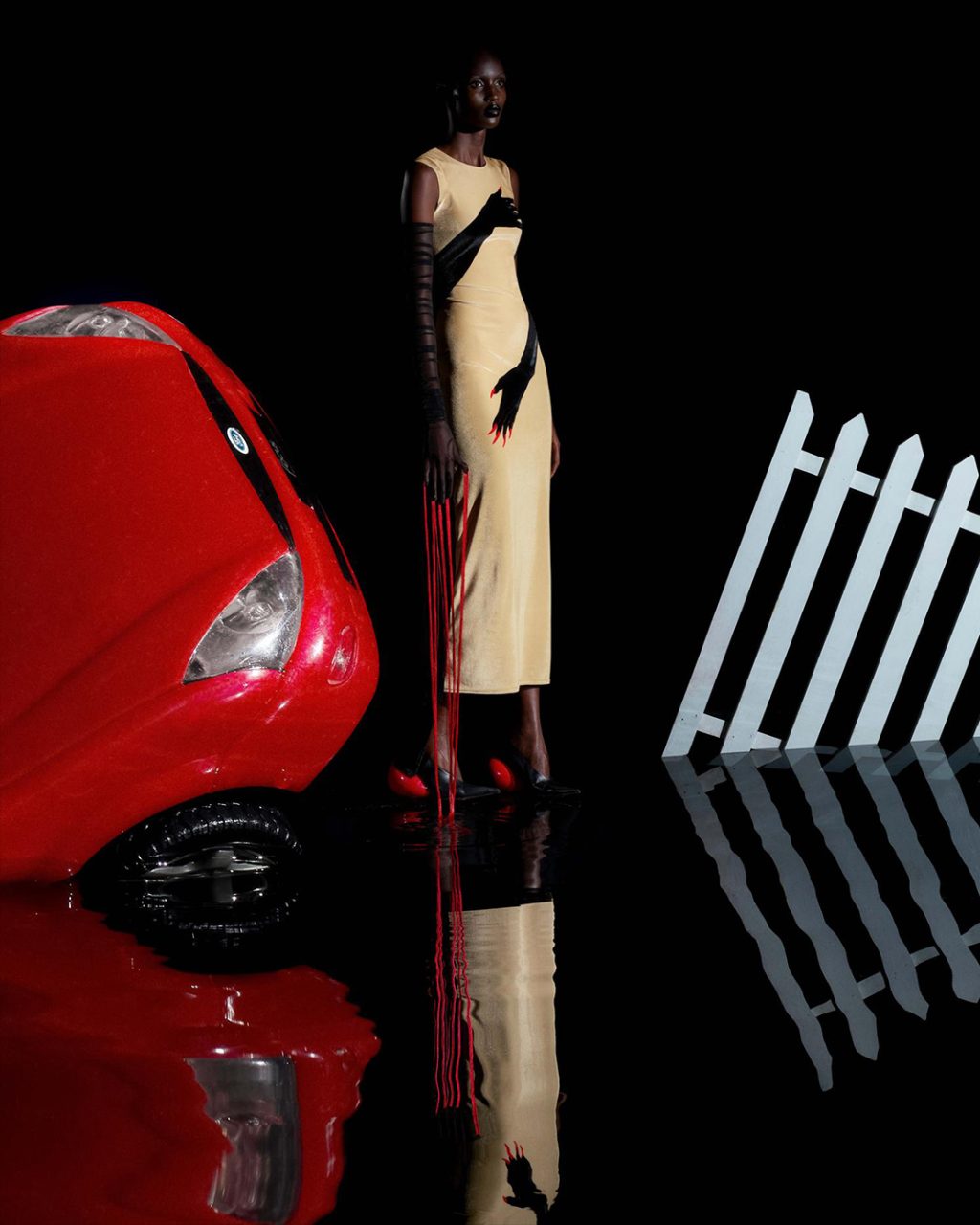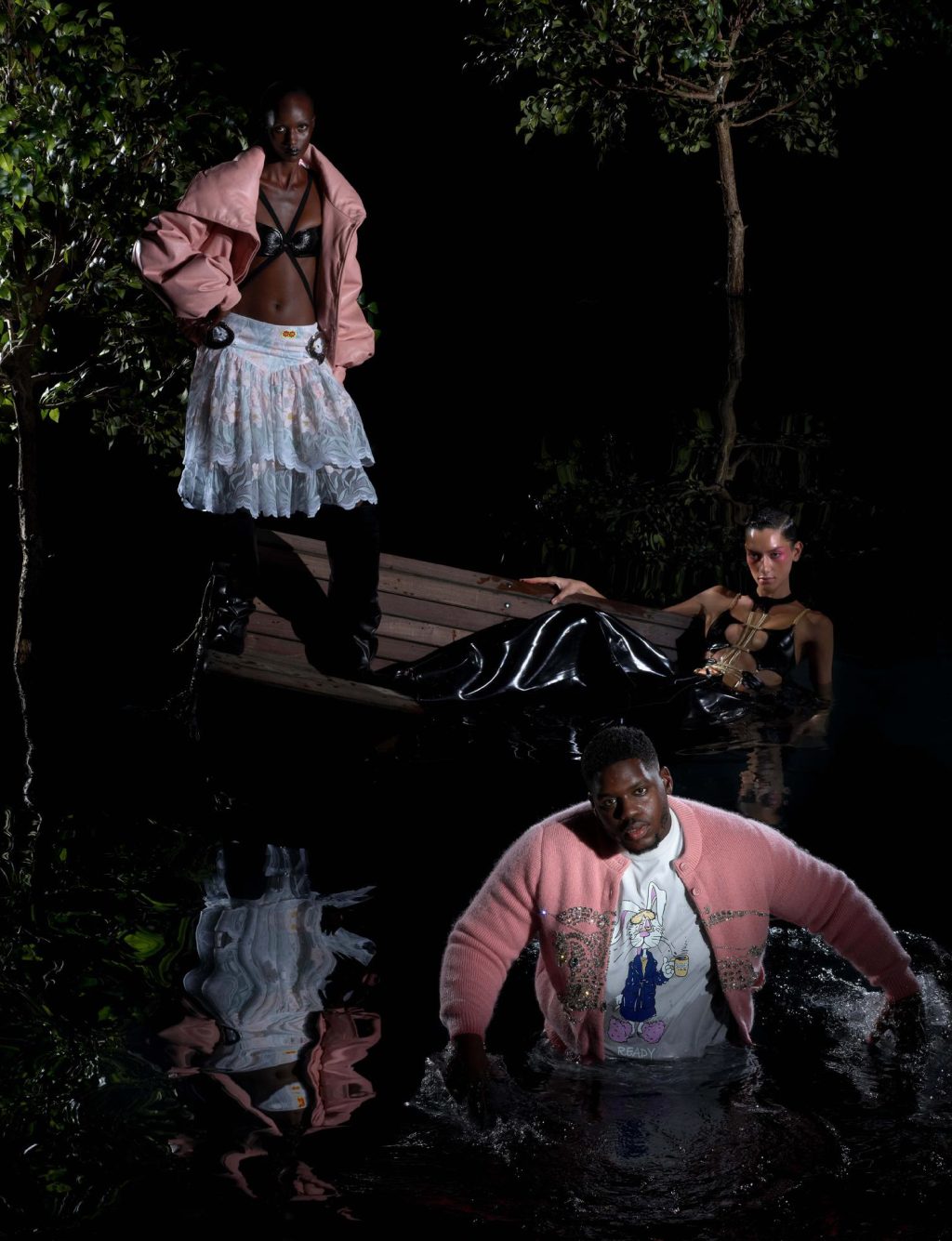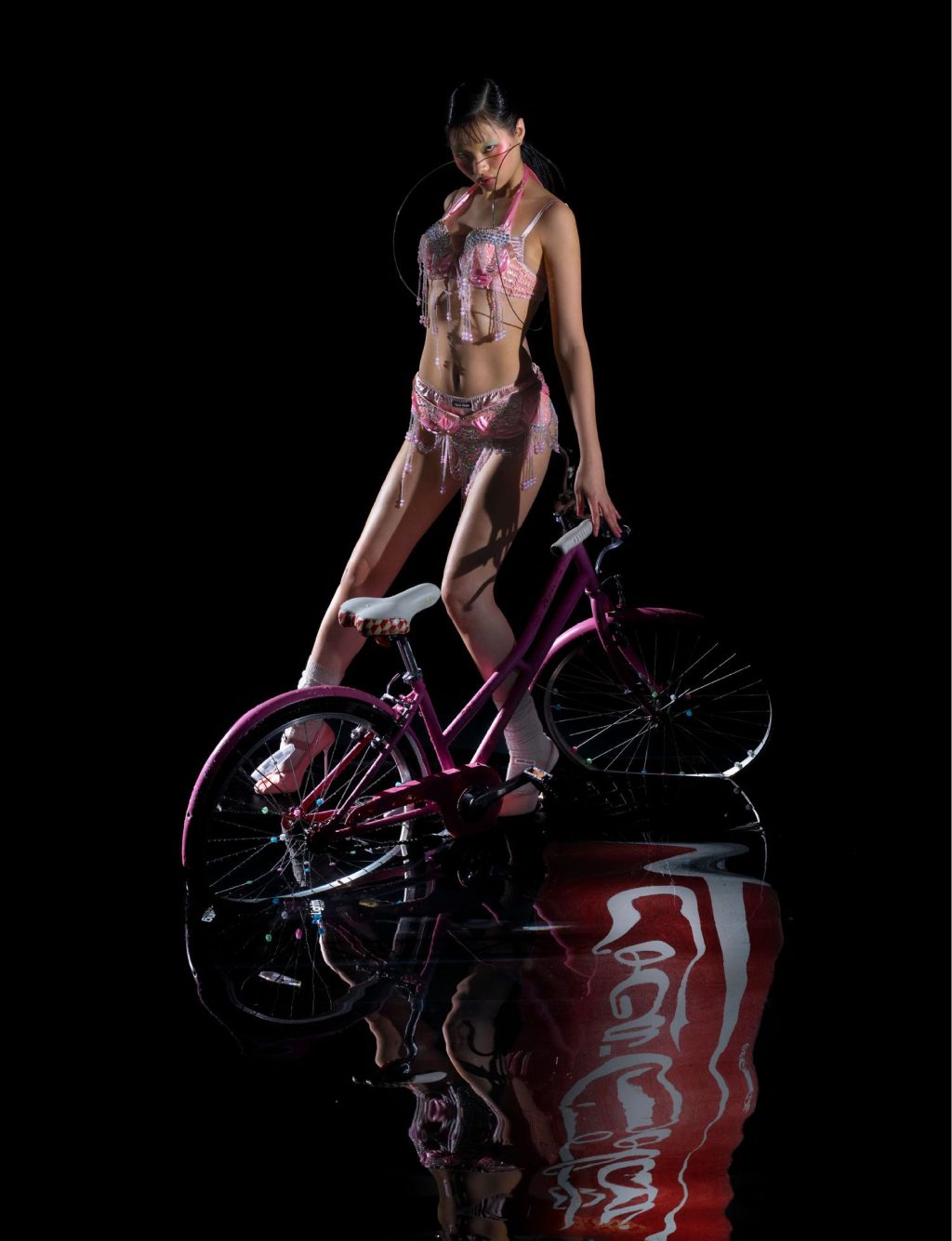Individualism Is Sold as a Commercial Concept w/ Ryan Chappell
Clear, someone who knows what he wants. That’s why he becomes not “someone who follows his dreams” but “someone who makes his dreams come true” instead. Visualizing the fashion world, Ryan Chappell is one of the leading figures who is behind posing and movement design. Marketing campaign photoshoots and fashion shows of many global fashion brands bear his signature. He provides the models with a space to discover their inner talents. Developing production areas beyond his personal tastes in his projects is one of his major distinguishing factors in the industry. This definition, which may sound quite simple, is in poor practice in creative applications. His fashion history background, combined with his research-based preferences produce results that are beyond his personal taste. All these elements make him one of the most outstanding storytellers of today’s fashion world. And when it comes to individuality, it becomes inevitable to get together with him.
How does fashion, one of the most powerful forms of self-expression, find its reflection in Ryan Chappell’s world?
Ryan Chappell: I guess I have always had a curiosity for newness and the possibilities of change.I find human self expression fascinating and I not only appreciate the skill of making clothing but also the way in which dreams are made to accompany them.
Could you define the most important element that makes a photograph powerful?
Ryan Chappell: I would have to say it is not one particular element that makes a photograph powerful it’s the way in which the combination of elements are put together, that’s where the magic is. One of the key elements that i think makes an image powerful is the presence of intention and character transmitted by the model. One way this can be conveyed is by ‘seeing’ touch, hearing, smell, thought for example as all these reconfirm the visual experience so people look again and the image becomes intriguing and powerful.
You create influential visuals for the fashion world such as campaign shoots and runway shows; what is the most crucial element for you in crafting this visual movement?
Ryan Chappell: The crucial element is being able to stand back and see the picture and vision beyond my personal taste levels and understand the brief so the project can be directed in a way that really enhances the final outcome. I studied fashion history and I’m always researching beyond my personal aesthetic preferences to understand many taste levels and approaches. I think it’s about being adaptable, intuitive, exercising discernment and using my extensive knowledge about fashion as a social and historical form of communication.
What is the significance of movement in imparting an identity to fashion?
Ryan Chappell: Clothing comes to life on a body and the way in which someone moves communicates and contributes a lot to constructing an identity. Who are you and who do you want to be in the clothes becomes the question. Movement and gesture can be played with to illustrate the kind of person or dream that the brand wants to champion. It’s a very important part of constructing a visual identity and mood.
How does the concept of mass individualism in the fashion world affect the industry?
Ryan Chappell: To be honest I think we are less individual now than we were because of the internet, I think individualism is sold as a commercial concept that has very little substance. I think fashion is becoming less and less about clothes that are genuinely a means for expressing uniqueness and more a form of entertainment that people want to buy into through logos and identifiable clothes that are about status and belonging to something. Which to me is not at all about individualism. Because of this social phenomenon big brands are selling branded mass produced merchandise not designed clothing and small artisanal brands struggle to survive because they are invested in the craft that makes costs higher and fewer customers will invest in clothes with socially un-identifiable status. So I actually think it’s the other way around.



How would you describe your work to someone who has never seen your pieces?
Ryan Chappell: That’s always a hard thing to have a perspective on your own work. One of my main intentions in all my work is to help models transmit and really engage with the camera bring layers to an image. No matter what the mood or attitude if there’s a humanness in the image it always brings power to it.
“Clothing comes to life on a body and the way in which someone moves communicates and contributes a lot to constructing an identity. Who are you and who do you want to be in the clothes becomes the question.”
-Ryan Chappell
What is the triggering element of your creative process?
Ryan Chappell: It can be anything. Ideas can come from watching people, everyday situations, art exhibitions ,the set, the hair and make up , the shoes or the way a coat falls. I document things as much as possible and go from there.
Are you closer to reality or to dreams?
Ryan Chappell: I would say I’m closer to reality which gives me a clearer perspective to create dreams.

Your work focuses on the performative and psychological aspects of modeling; from this perspective, what is the industry’s biggest issue?
Ryan Chappell: The desire for newness and the transient nature of modeling these days doesn’t give models time to develop their skills to be sustainably equipped mentally and physically to thrive in the job. It’s like throwing someone into a marathon that has never run before and agents seem puzzled why things don’t always thrive.Being a good model is a real skill which I think is not recognized. The general opinion is that it’s easy and you just have to be pretty and pose a bit. This is such a misconception, to be good at anything it takes skill and intelligence and modeling is like acting but harder because you can’t speak you have to transmit through your body language and intention. I started Movement+ to help in this unexplored grey area in order to help models find their skills, confidence and empowerment. The industry is slowly changing but there is more space to support these sometimes young and insecure humans that are not always fully looked after.
How do technological advancements affect the industry from your point of view?
Ryan Chappell: Like anything, technological advancements have pros and cons. Everything has sped up and in ways I think it maybe too fast for people in general to keep up in a sustainable way. Because of this more demands at a higher speed are expected in the industry.On the other side it has democratized the industry in many ways and the old fashion establishment doesn’t have as much power which has opened new possibilities. More brands have a platform to exist and find an audience with the digital nature of our current society and social media has totally changed the way in which brands communicate and advertise.
What does originality mean to you?
Ryan Chappell: Originality is something I really value. It takes courage, confidence and personality to move in this space and it’s what moves things forward.
In order to preserve the originality of your work, what kind of process do you go through?
Ryan Chappell: I try my best to look at things with new eyes. The playful child in all of us is not bothered with the rules and this can help open new ways to approach things. I think we all need to play a little more and where I can I try to be in this space.
Interview by Duygu Bengi
From Based Istanbul N°42 – me, myself & I Issue. “Talk to yourself like someone you love. Perhaps then, the balance might change. This time ask yourself: “If I am not for myself, who will be for me?” Buy your copy now!